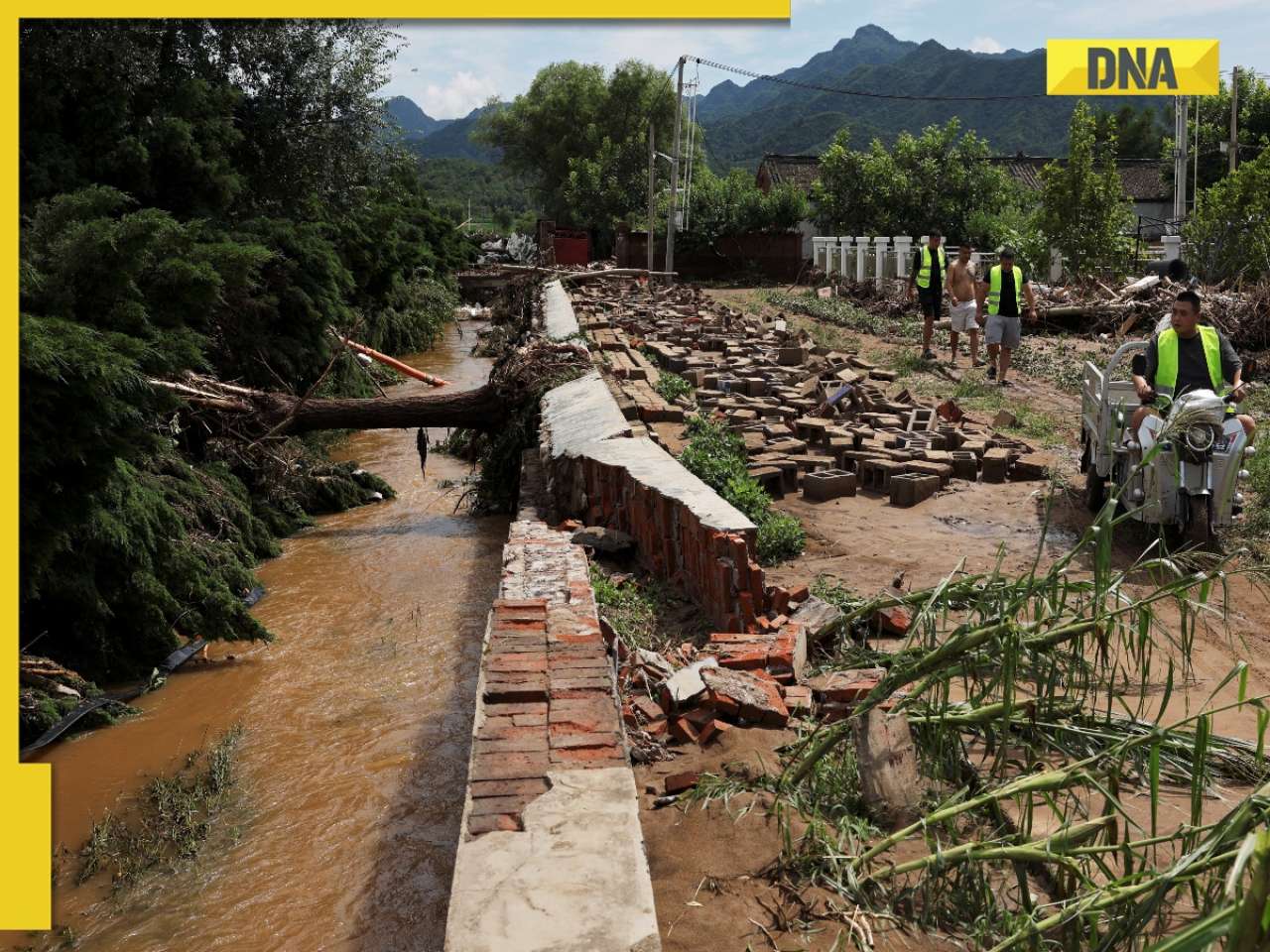A series of massive and very high waves hit the coasts of Kanniyakumari, Nagapattinam, and the Andaman and Nicobar Islands of India on December 26, 2004, in the morning. It was soon known that the massive waves were triggered by an undersea earthquake off the west coast of Sumatra, Indonesia.
A tsunami hits Marina Beach in Chennai (File Image)
A series of massive and very high waves hit the coasts of Kanniyakumari, Nagapattinam, and the Andaman and Nicobar Islands of India on December 26, 2004, in the morning. It was soon known that the massive waves were triggered by an undersea earthquake off the west coast of Sumatra, Indonesia. It was one of the strongest earthquakes and measured 9.1 on the Richter Scale. It was a tsunami; many in India had not heard the term before. The tsunami hit the eastern coast of India and caused devastation in Tamil Nadu, Andhra Pradesh, Puducherry, and the Andaman and Nicobar Islands.
Tsunami devastates India
The devastation was more massive in the Andaman and Nicobar Islands, where entire villages were submerged, and thousands were listed as missing. The trouble was compounded by the remote geography, which made it challenging for the authorities to reach there in time and carry out relief operations. Tens of thousands of people were reported dead or missing in Sri Lanka and India, a large number of them from the Indian Andaman and Nicobar Islands territory.
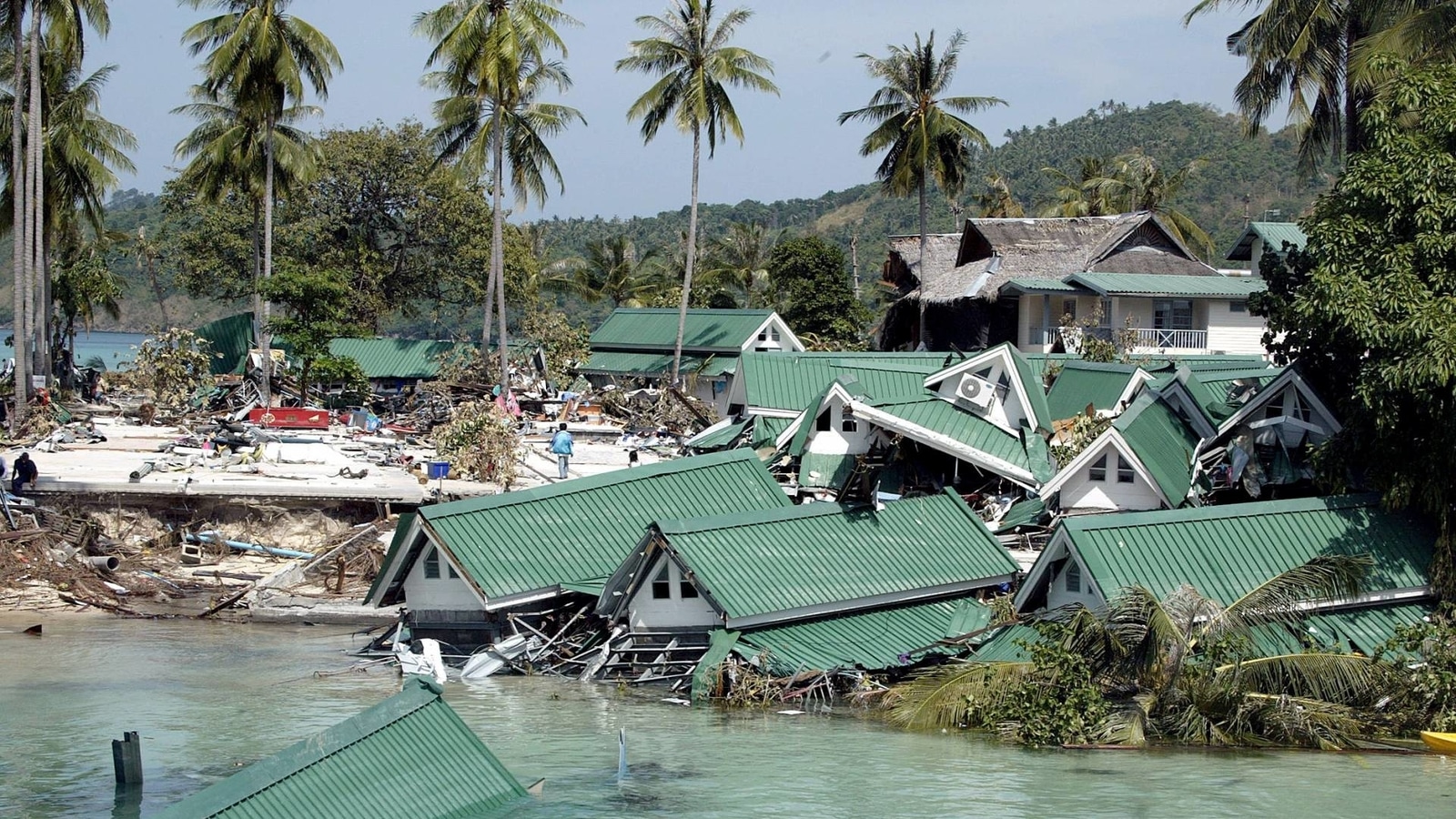
2004 Tsunami devastated 15 countries
India was not the only country to be hit hard by the tsunami. The tsunami caused one of the largest natural disasters in recorded history and killed about 228,000 people across 15 countries. Indonesia, Sri Lanka, India, the Maldives, and Thailand suffered most. Indonesian officials estimated the death toll to cross 200,000, and northern Sumatra’s Aceh province suffered the most casualties. Situated in the Indian Ocean, the low-lying island country of Maldives reported more than a hundred deaths. Besides, thousands of non-Asian tourists vacationing in the region were also reported dead or missing.
Indian Ocean Tsunami Warning System
Consequent to the tsunami, the Intergovernmental Oceanographic Commission (IOC) of UNESCO established the Indian Ocean Tsunami Warning and Mitigation System (IOTWMS) in 2005. It was a part of the international initiative to improve tsunami preparedness among member states through comprehensive risk assessment, early warning capabilities, and community awareness programmes. The IOC launched the Tsunami Ready Recognition Programme in 2008 to promote community preparedness through education and drills.
Find your daily dose of All
Latest News including
Sports News,
Entertainment News,
Lifestyle News, explainers & more. Stay updated, Stay informed-
Follow DNA on WhatsApp. 'We're negotiating with India...': US President Donald Trump after declaring 25% tariff plus penalty
'We're negotiating with India...': US President Donald Trump after declaring 25% tariff plus penalty  Meet woman, who studied 8 hours a day to fulfill IAS dream, cracked UPSC exam on 3rd attempt with AIR...; know about her preparation strategy and more
Meet woman, who studied 8 hours a day to fulfill IAS dream, cracked UPSC exam on 3rd attempt with AIR...; know about her preparation strategy and more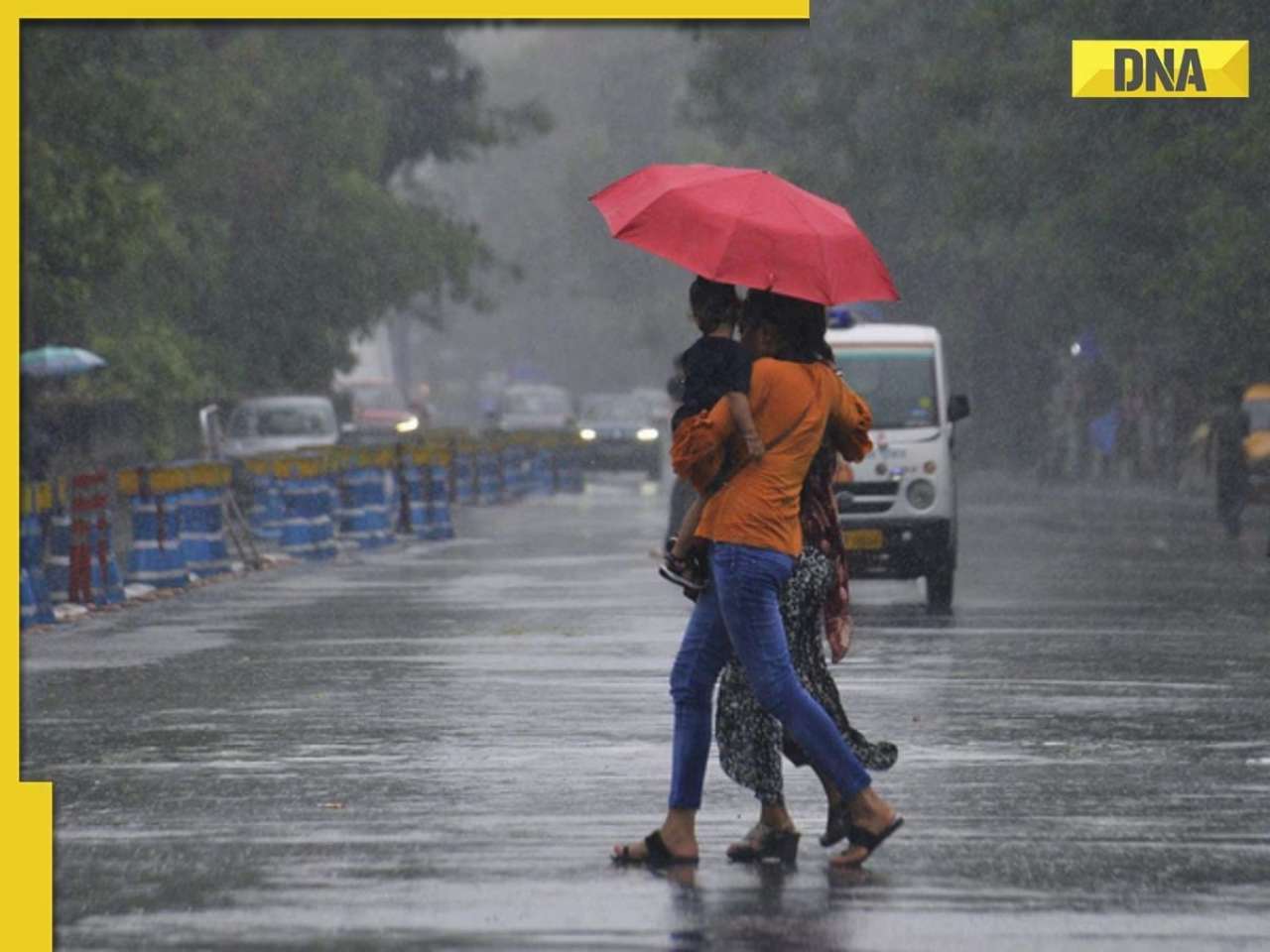 Delhi weather: Heavy rain lashes Delhi-NCR again, IMD predicts thunderstorm today
Delhi weather: Heavy rain lashes Delhi-NCR again, IMD predicts thunderstorm today Nandinee Kashyap arrested: Eyewitnesses say Assamese actress 'fled from scene without offering help', deceased student's family reveals 'she promised them...'
Nandinee Kashyap arrested: Eyewitnesses say Assamese actress 'fled from scene without offering help', deceased student's family reveals 'she promised them...' Donald Trump announces US-Pakistan deal to develop 'massive' oil reserves in Pakistan, says they might sell to 'India some day'
Donald Trump announces US-Pakistan deal to develop 'massive' oil reserves in Pakistan, says they might sell to 'India some day' Tata Harrier EV Review | Most Advanced Electric SUV from Tata?
Tata Harrier EV Review | Most Advanced Electric SUV from Tata?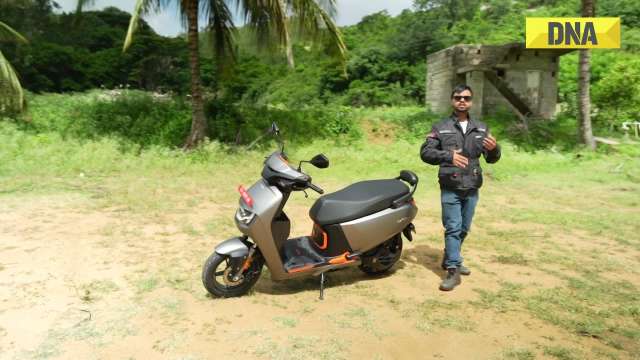 Vida VX2 Plus Electric Scooter Review: Range, Power & Real-World Ride Tested!
Vida VX2 Plus Electric Scooter Review: Range, Power & Real-World Ride Tested! MG M9 Electric Review | Luxury EV with Jet-Style Rear Seats! Pros & Cons
MG M9 Electric Review | Luxury EV with Jet-Style Rear Seats! Pros & Cons Iphone Fold: Apple’s iPhone Fold Could Solve Samsung’s Biggest Foldable Problem | Samsung Z Fold 7
Iphone Fold: Apple’s iPhone Fold Could Solve Samsung’s Biggest Foldable Problem | Samsung Z Fold 7 Trump News: Congress Seeks Answers On Trump's Alleged Mediation In Operation Sindoor
Trump News: Congress Seeks Answers On Trump's Alleged Mediation In Operation Sindoor Who is Mira Murati? Former OpenAI CTO who rejected Mark Zuckerberg-led Meta's whopping Rs 8,700 crore offer to join...
Who is Mira Murati? Former OpenAI CTO who rejected Mark Zuckerberg-led Meta's whopping Rs 8,700 crore offer to join... Mukesh Ambani plans BIG move as Reliance Consumer in talks to acquire majority stake in...
Mukesh Ambani plans BIG move as Reliance Consumer in talks to acquire majority stake in... Meet man, Indian-origin executive, who once worked at Accenture, now set to lead Air New Zealand as...
Meet man, Indian-origin executive, who once worked at Accenture, now set to lead Air New Zealand as... Good news! Amid TCS layoffs, Narayana Murthy's Infosys to hire 20000 freshers in...
Good news! Amid TCS layoffs, Narayana Murthy's Infosys to hire 20000 freshers in... PM KISAN 20th installment: PM Modi to release funds on THIS date, check eligibility and other details
PM KISAN 20th installment: PM Modi to release funds on THIS date, check eligibility and other details Ravi Dubey-Sargun Mehta begin shooting for their new project in Varanasi on Shravan Somwar; SEE PICS
Ravi Dubey-Sargun Mehta begin shooting for their new project in Varanasi on Shravan Somwar; SEE PICS Aneet Padda’s dreamy pastel pink saree from Saiyaara with Ahaan Panday is all over your mind? Get her look for just Rs...
Aneet Padda’s dreamy pastel pink saree from Saiyaara with Ahaan Panday is all over your mind? Get her look for just Rs... Nita Ambani, Isha Ambani embrace natural beauty at Vikas Khanna’s iconic New York restaurant, see pics
Nita Ambani, Isha Ambani embrace natural beauty at Vikas Khanna’s iconic New York restaurant, see pics When Life Gives You Tangerines, The Glory and other gripping K‑dramas that drew inspiration from real-life events
When Life Gives You Tangerines, The Glory and other gripping K‑dramas that drew inspiration from real-life events Raksha Bandhan 2025: Top 5 getaways to celebrate sibling bond
Raksha Bandhan 2025: Top 5 getaways to celebrate sibling bond Delhi weather: Heavy rain lashes Delhi-NCR again, IMD predicts thunderstorm today
Delhi weather: Heavy rain lashes Delhi-NCR again, IMD predicts thunderstorm today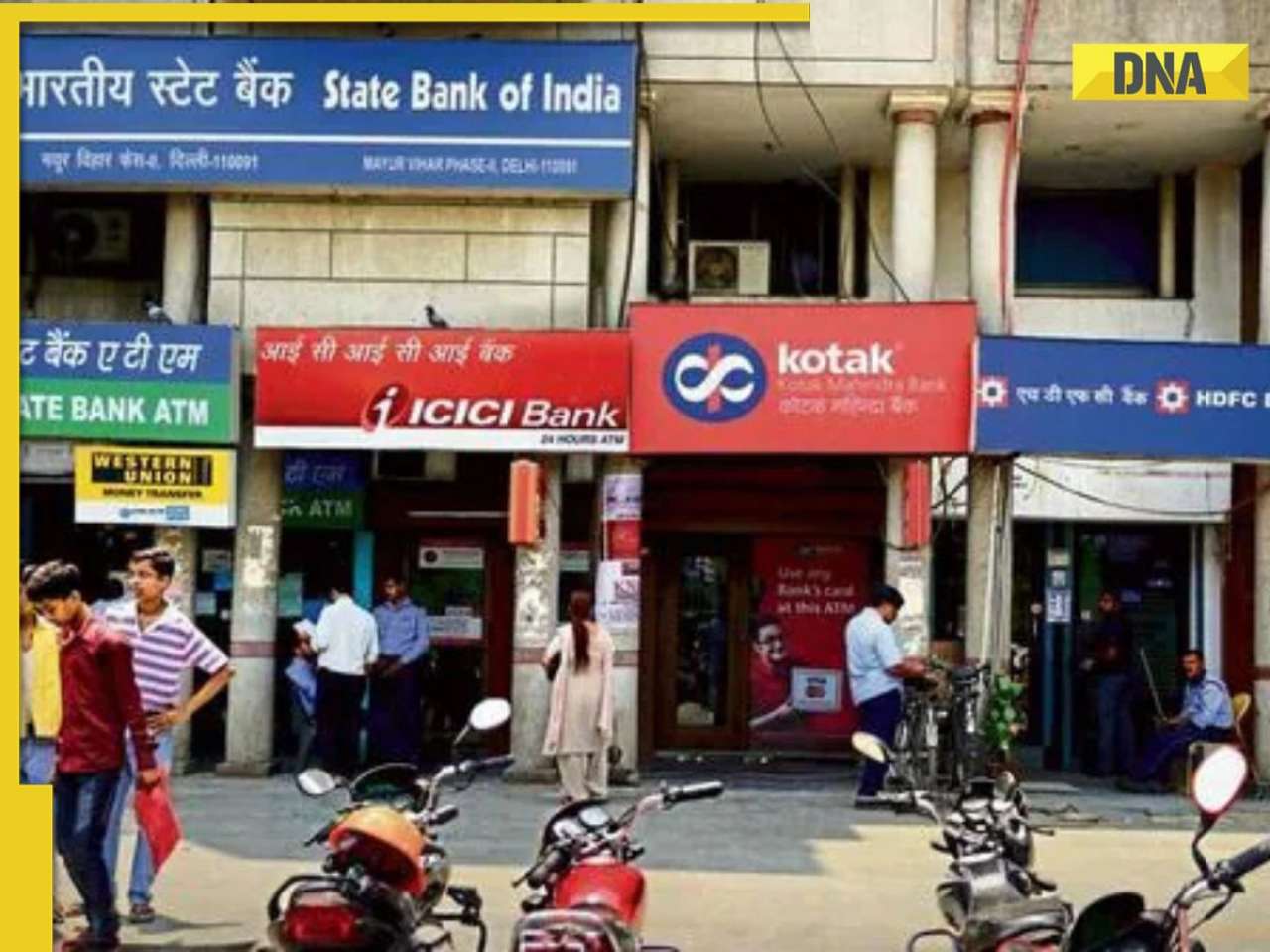 Good news for customers, government is rolling out NEW reforms in Bank laws, will be effective from...
Good news for customers, government is rolling out NEW reforms in Bank laws, will be effective from... IAS Rinku Singh Rahi transferred day after doing sit-ups in front of lawyers to admit...
IAS Rinku Singh Rahi transferred day after doing sit-ups in front of lawyers to admit... 2 Army personnel dead, several injured as boulder falls on convoy vehicle in Ladakh
2 Army personnel dead, several injured as boulder falls on convoy vehicle in Ladakh Amit Shah's BIG statement in Rajya Sabha, says, 'Even today, Pakistan able to do terror attacks but...'
Amit Shah's BIG statement in Rajya Sabha, says, 'Even today, Pakistan able to do terror attacks but...' Meet woman, who studied 8 hours a day to fulfill IAS dream, cracked UPSC exam on 3rd attempt with AIR...; know about her preparation strategy and more
Meet woman, who studied 8 hours a day to fulfill IAS dream, cracked UPSC exam on 3rd attempt with AIR...; know about her preparation strategy and more CBSE Class 10, 12 Compartment Exams result expected on...; here's how you can download it
CBSE Class 10, 12 Compartment Exams result expected on...; here's how you can download it Meet woman, a DU graduate, sister of a Chartered Accountant, who cleared UPSC exam on her third attempt with AIR..., she is...
Meet woman, a DU graduate, sister of a Chartered Accountant, who cleared UPSC exam on her third attempt with AIR..., she is... Meet woman, who lost her home in 2004 tsunami, cracked UPSC exam twice, is sister of IPS officer, currently posted as...
Meet woman, who lost her home in 2004 tsunami, cracked UPSC exam twice, is sister of IPS officer, currently posted as... Meet man, whose father sold his house to fund his son's education, later cracked UPSC exam at the age of 23 in first attempt, his rank was..., he is from...
Meet man, whose father sold his house to fund his son's education, later cracked UPSC exam at the age of 23 in first attempt, his rank was..., he is from... Maruti Suzuki's e Vitara set to debut electric market at Rs..., with range of over 500 km, to launch on...
Maruti Suzuki's e Vitara set to debut electric market at Rs..., with range of over 500 km, to launch on...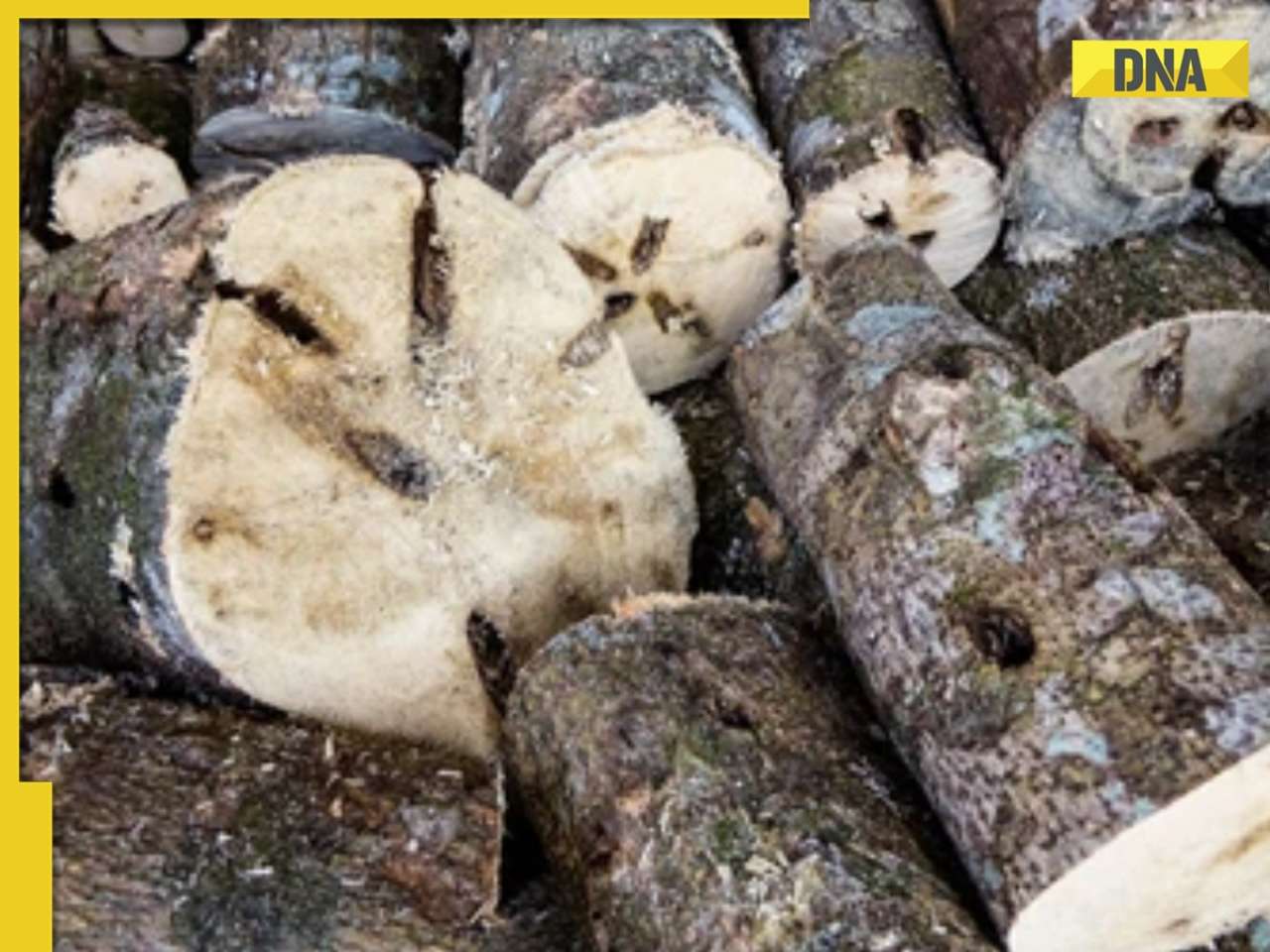 This is world’s most expensive wood, cost of 1kg wood is more than gold, its name is..., is found in...
This is world’s most expensive wood, cost of 1kg wood is more than gold, its name is..., is found in... This luxury car is first choice of Indians, even left BMW, Jaguar, Audi behind in sales, it is...
This luxury car is first choice of Indians, even left BMW, Jaguar, Audi behind in sales, it is... Kia India unveils Carens Clavis: Check features, design changes, price and more; bookings open on...
Kia India unveils Carens Clavis: Check features, design changes, price and more; bookings open on... Tesla CEO Elon Musk launches most affordable Cybertruck, but it costs Rs 830000 more than older version, it is worth Rs...
Tesla CEO Elon Musk launches most affordable Cybertruck, but it costs Rs 830000 more than older version, it is worth Rs...











)
)
)
)
)
)
)
)
)
)
)
)
)
)
)
)



